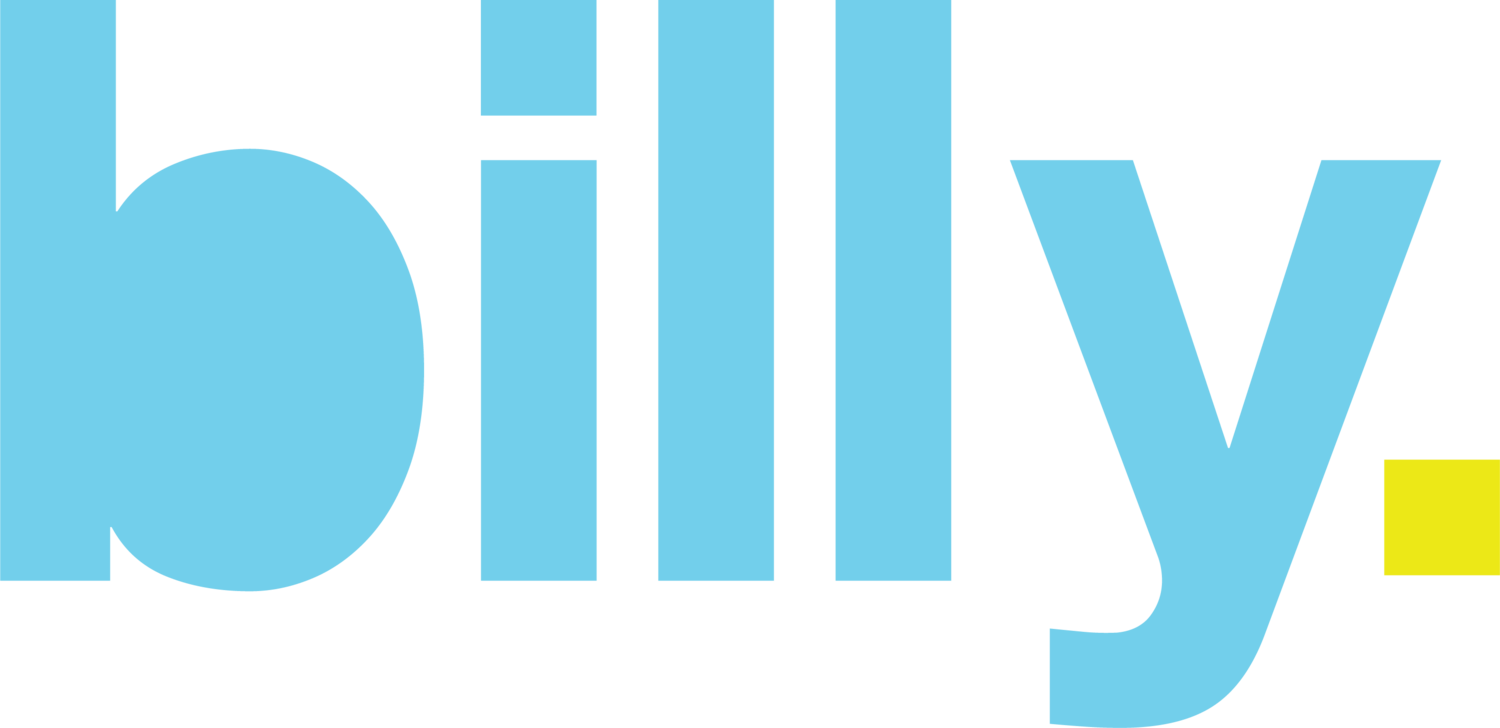The ad industry folk are tough to impress. The longer they’ve been in the industry, the more cynical they are. So when 11 of the best from across Australia, NZ and Asia jump on a plane to San Francisco on a fact-finding mission, the expectations are varied. Fast forward five days, after visits to Twitter, LinkedIn, Facebook, Google and YouTube, and the cynics are now like kids in a candy store, pleading for more.
But it’s not the technology or funky workspaces that have impressed. It’s been the companies themselves. Without fail, each of the businesses has had a clarity in their vision, their goals, their competitive advantage, their values and their culture. And strong leadership to drive and deliver it.
Jeff Wiener, LinkedIn’s CEO, epitomised this. Sitting on a chair in the middle of the room, with no notes and an almost Australian- like down-to-earth manner, he reeled off their vision (to provide economic opportunity for every member of the global workforce) and their values and culture. Not only was it clear, simple and easy to understand, they lived it every day. Their processes and infrastructure. The way they hired. The way they on-boarded their team and then developed and measured their team’s performance against it. Not corporate gobbledygook, just things that made common sense. It’s clear that Jeff Wiener and LinkedIn are happy in their own skin, and march to their own drum. “You beat the competition by beating yourself ”.
Each of the companies is also clear that their data is their competitive advantage. In Australia, 80 per cent of all professionals, 4.7 million people, are on LinkedIn. Combine this data with offline data that’s available, and it’s the greatest source of data around businesspeople in the country. You can now place ads to very specific targets with minimal wastage. Or on a mass reach, double the people are accessing LinkedIn’s personalised content page every day, than are reading Fairfax’s business sections in Sydney and Melbourne. LinkedIn knows that the ability for businesses to access this data as they approach their B2B marketing, is a game-changer.
Likewise, Twitter understands the magic of its data in relation to modern-day television viewing. Sixty-four per cent of Americans are on Twitter while watching TV. They understand the different patterns of customer engagement for the different genres of shows, and therefore when brands should continue the conversation, or deliver a timely ad.
Facebook has 7.3 millions Australians actively using the platform every day on their mobile devices. And they check it on average 14 times per day. Facebook knows whether you’re on an Android or Apple device, where you are, your demographics and what you’re interested in and what you have just done. They can match this information with brands’ customer data with complete privacy. For acquisition and retention strategies, this makes Facebook hard to ignore for marketers.
YouTube has four billion views a day, one billion of which are on mobile devices. Each view builds on the profile of that person, adding to the channels they subscribe to and previous videos they have watched, as well as the information gathered by YouTube’s owner, Google. It means brands can use this data to very specifically target an audience to advertise to, again with minimal wastage. In fact with their Trueview product, brands only pay when a consumer watches the whole ad.
As a company, YouTube is striving for a win, win, win. A win for the content creator – YouTube provide the platform, the content creator the inspiration. A win for the viewer – YouTube helps the viewer find the channels they love. A win for the advertiser, who can reach the perfectly targeted audience they want. And they’re determined, dogmatic even, in constantly striving to make each of these three areas better. YouTube want to be the cable TV of the future. In fact, they want to be the source of all video content.
Their parents at Google are also crystal clear in their vision – to organise the world’s information and make it universally accessible. To move from a search company to a knowledge company. To have their senior team thrive on a culture that includes continual innovation; where great just isn’t good enough. Where they want to unearth their next $1 billion business.
Each of these Silicon Valley icons has taught us that it’s critical to have and live your vision, goal, competitive advantage, values and culture. And to be restless. To be hell-bent on figuring out the future. To not be the next Blackberry.
As Andy McKeon, the laconic Australian who’s seen what success looks like at some of the great global ad agencies, told us in his current role as Global Customer Marketing Lead at Facebook, “These are companies run by people on a mission”.

